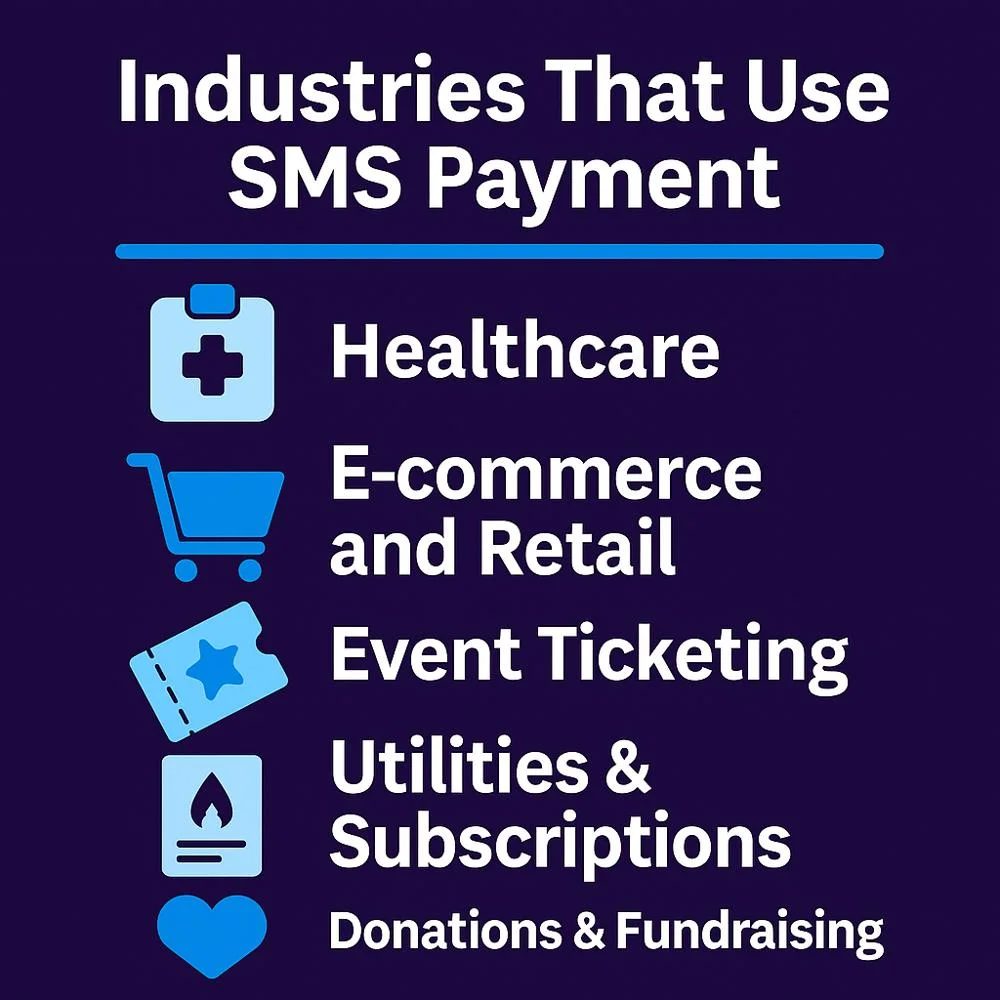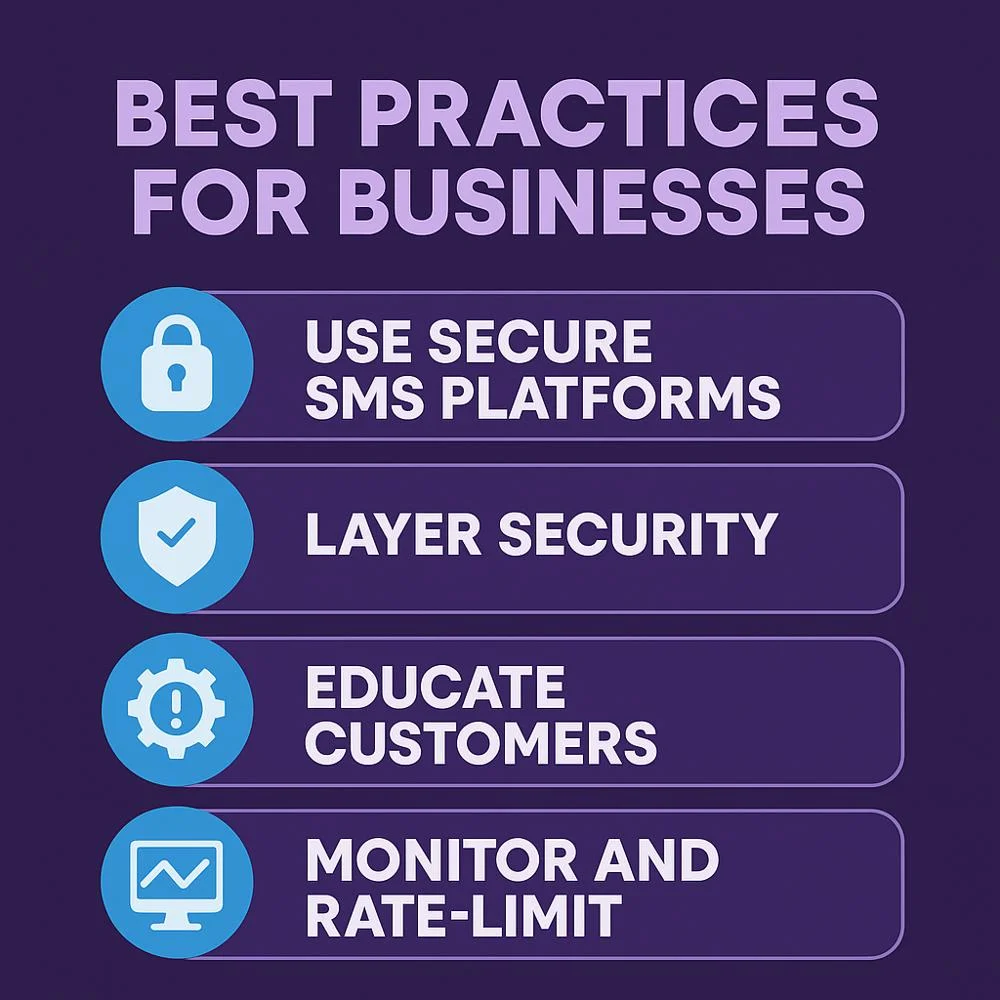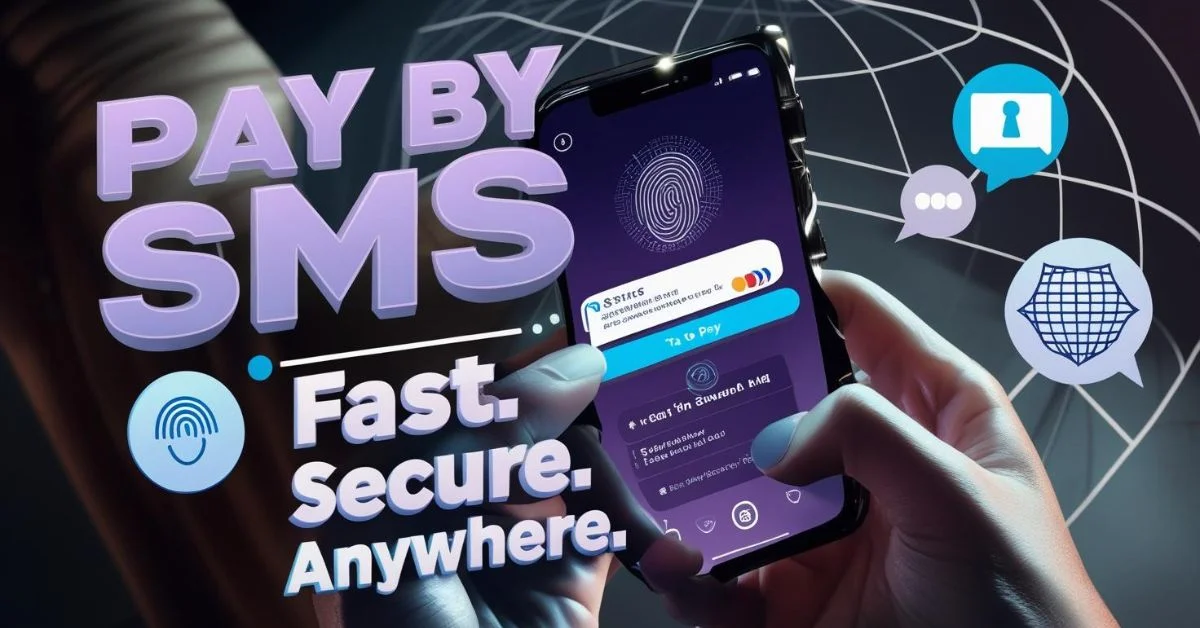In today’s fast-paced digital world, SMS payment the ability to make purchases or pay bills directly through text messages, has emerged as a popular and accessible method for consumers and businesses alike. With around 99% of texts being read within minutes, SMS offers immediacy, convenience and wide reach.
What Is SMS Payment?
At its core, SMS payment allows users to complete financial transactions by interacting with text messages. This typically involves:
- Link-based payments: A business sends an SMS containing a secure link. You click the link, enter payment details (or the site has them stored) and confirm payment.
- Keyword-based confirmation: You reply with a specific keyword or code like “PAY123” to authorize a payment.
- Carrier billing: You pay via your mobile phone bill, often used for small transactions like subscriptions or entertainment.
The result? A seamless experience requiring no banking apps or physical cards just your phone and a text. The process is instant, reducing friction and improving cash flow for businesses.
Why Is SMS Payment Popular?
1. Guaranteed Delivery and High Engagement
SMS messages are delivered almost instantly and are typically read within 15 minutes making them significantly more effective than emails in terms of response time. This high engagement makes SMS payment a smart channel for urgent invoices, event ticketing, and reminders.
Platforms like Sycurio use secure payment links with built-in protections like expiration timers, geolocation limits and passwords collectively boosting acceptance and security while keeping businesses outside the scope of PCI DSS compliance
2. Ideal for All Audiences
For people without smartphones or banking apps, SMS remains essential. Even in areas with limited internet access, basic SMS or USSD options keep users connected to financial services, enabling access to utilities, charitable organizations or ticketing all via text.
3. Integrated Communication and Transactions
SMS allows businesses to send reminders, upsells, confirmations and receipts all within the same channel, delivering cohesive and immediate customer engagement.
Industries That Use SMS Payment

- Healthcare: Clinics send SMS reminders for appointments or copayments in advance, helping reduce no-shows and streamlining reception area workflow.
- E-commerce and Retail: Retailers confirm online orders via SMS with payment links for example, “Your cart is ready. Pay here to reserve your items.”
- Event Ticketing: Last-minute notifications like “Concert tickets available tap to buy” drive impulse purchases during peak demand.
- Utilities & Subscriptions: Monthly energy or subscription bills can be sent via SMS with a one-click link for easy payment.
- Donations & Fundraising: Charities often use SMS to encourage quick, hassle-free giving with a simple text confirmation or link click.
How Does SMS Payment Actually Work?
- Message Delivered: You receive an SMS from a business or service provider.
- Payment Action: You click the link or respond with a code/keyword.
- Secure Checkout: You land on a secure page (PCI-compliant), enter or confirm payment information.
- Processing: A payment processor handles the transaction; if carrier billing is used, the charge appears on your phone bill.
- Confirmation Sent: A final SMS confirms the transaction and may include a receipt or ticket.
This streamlined flow keeps the buying experience conversational and immediate, all completed in just a few taps.
Security Measures in SMS Payments
Although SMS isn’t end-to-end encrypted, robust layers of protection make secure SMS transactions possible:
- Encryption & Tokenization: Most payment links are secured using encryption and tokenization, which helps ensure that confidential information isn’t transmitted in an unprotected format.
- Two-Factor Authentication (2FA) & OTPs: One-time passwords sent via SMS act as verification codes. SMS-based OTPs are common but susceptible to interception due to carrier vulnerabilities. To combat this, some providers now require stronger authentication.
- Link Expiration & Geolimits: Secure SMS links may expire quickly or only work in specific locations, reducing the window for misuse
- Carrier and API Protections: Bulk messaging platforms implement rate limiting, CAPTCHA and carrier lookup to prevent attacks like SMS pumping, which have previously cost platforms millions by exploiting premium-rate numbers
- Smishing Awareness: Fraudsters send fake payment links. Businesses must educate customers on how to identify legitimate messages and beware of spoofing attempts
Best Practices for Businesses
To implement SMS payments confidently:

- Use Secure SMS Platforms: Choose providers supporting encryption, opt-in and rapid elimination of expired links. Ensure PCI compliance.
- Layer Security: Always pair SMS with 2FA, CAPTCHA, or biometric validation reducing dependency on SMS OTP alone
- Educate Customers: Inform them about real sender IDs and honest communication style. Provide clear opt-out options and suspicious link reporting channels.
- Monitor and Rate-Limit: Track unusual SMS activity per phone or region. Set limits to detect automated attacks or abuse.
- Stay Compliant: Follow regulations like GDPR or local telecom rules. Maintain audit logs, respect user consent and manage data securely.
Future Outlook
As new digital threats emerge, payment systems and security solutions continue to advance to keep pace:
- App-Based & Push Codes: In-app 2FA is replacing SMS due to its encrypted transmission a trend supported by global banks.
- AI-Powered Fraud Detection: Advanced machine learning models (e.g., XGBoost, LightGBM) are detecting anomalies in payment flows and blocking fraud in real time
- Biometric/Device-Bound Checks: Future payment systems may verify identity via your biometrics and registered device, reducing text interaction.
- Shift from SS7: Authorities in regions like Malaysia and Europe are mandating stronger authentication alternatives to SMS OTPs
Despite these transitions, SMS payments will remain valuable due to their reach, simplicity and user trust. SMS might handle transaction initiation while the final step passes to a secure app or browser.
Quick Security Tips for Users
Think before you click: Always confirm the sender and context of payment links.
- Keep your one-time password: (OTP) private at all times don’t share it, even if someone pretends to be from your bank or another trusted organization.
- Set up stronger account protections: Enable app-based 2FA or biometrics where possible.
- Update regularly: Keep your phone’s OS and apps patched most attacks exploit old software
- Avoid public Wi‑Fi: Sensitive transactions over open networks expose you to data interception
- Monitor your bills: Unexpected charges could signal subscription fraud via SMS.
Final Thoughts
SMS payment delivers speed, convenience and high engagement, empowering billions globally to pay without a bank app. However, using it wisely requires layered security, consumer awareness, and regulatory compliance. By combining short-lived payment links, strong authentication, fraud defenses and machine learning, SMS can remain a safe gateway for transactions.
Businesses adopting SMS payments should partner with reliable providers, enforce best-practice protections and continuously monitor for fraud. Meanwhile, consumers should stay alert, update their devices and enable stronger authentication methods. This way, SMS can stay fast, easy and safe for everyone.



